E-commerce Growth
The rapid growth of e-commerce is a notable driver for the Retail Glass Packaging Market. As online shopping continues to expand, the demand for durable and secure packaging solutions has intensified. Glass packaging, known for its robustness and ability to preserve product integrity, is increasingly being adopted by e-commerce businesses. This shift is particularly evident in sectors such as food and beverages, where maintaining product quality during transit is paramount. Recent statistics indicate that e-commerce sales are expected to reach trillions in the coming years, further emphasizing the need for reliable packaging solutions. As a result, the Retail Glass Packaging Market is likely to experience growth as companies adapt their packaging strategies to meet the demands of the e-commerce landscape.
Innovative Designs
Innovation in design is transforming the Retail Glass Packaging Market, as brands seek to differentiate themselves in a competitive landscape. Unique and aesthetically pleasing glass packaging designs not only enhance product appeal but also contribute to brand identity. The market has seen a surge in creative shapes, colors, and labeling techniques that attract consumers' attention. According to recent data, innovative packaging can increase sales by up to 30%, indicating its potential impact on market performance. Furthermore, advancements in manufacturing technologies allow for more intricate designs that were previously unattainable. This focus on innovation is likely to drive the Retail Glass Packaging Market forward, as companies invest in design to capture consumer interest and foster brand loyalty.
Sustainability Focus
The increasing emphasis on sustainability is a pivotal driver for the Retail Glass Packaging Market. Consumers are becoming more environmentally conscious, leading to a heightened demand for eco-friendly packaging solutions. Glass packaging is often perceived as a sustainable alternative due to its recyclability and lower carbon footprint compared to plastic. In fact, studies indicate that glass can be recycled indefinitely without loss of quality, making it a preferred choice for brands aiming to enhance their sustainability credentials. This trend is further supported by regulatory measures aimed at reducing plastic waste, which are prompting companies to shift towards glass packaging. As a result, the Retail Glass Packaging Market is likely to witness significant growth as businesses adapt to these changing consumer preferences and regulatory landscapes.
Smart Packaging Solutions
The integration of smart packaging solutions is emerging as a significant driver in the Retail Glass Packaging Market. Smart packaging incorporates technology such as QR codes, NFC tags, and sensors that enhance consumer interaction and provide valuable product information. This trend aligns with the growing consumer demand for transparency and traceability in product sourcing. For instance, smart glass packaging can offer real-time data on product freshness, which is particularly appealing in the food and beverage sector. The market for smart packaging is projected to grow substantially, with estimates suggesting a compound annual growth rate of over 10% in the coming years. As brands increasingly adopt these technologies, the Retail Glass Packaging Market is poised for transformation, offering enhanced consumer experiences and improved product safety.
Health and Safety Concerns
Health and safety concerns are increasingly influencing consumer choices, thereby driving the Retail Glass Packaging Market. Glass packaging is often favored for its inert nature, which does not leach harmful chemicals into food and beverages, unlike some plastic alternatives. This aspect is particularly crucial as consumers become more health-conscious and seek products that align with their wellness goals. Additionally, the perception of glass as a premium packaging material enhances its appeal in sectors such as cosmetics and pharmaceuticals. Market data suggests that products packaged in glass are often associated with higher quality, which can lead to increased consumer trust and loyalty. Consequently, the Retail Glass Packaging Market is likely to benefit from this trend as brands prioritize health and safety in their packaging choices.


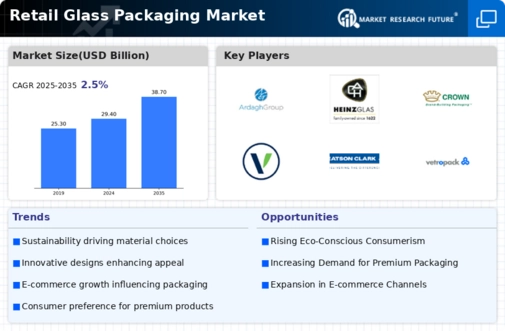
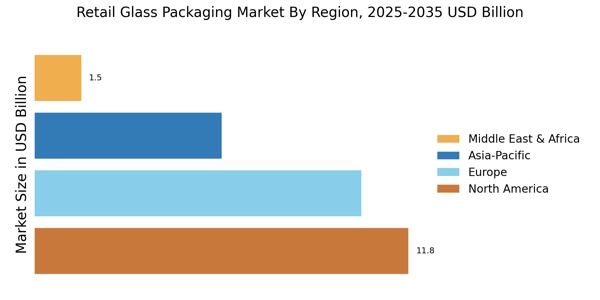

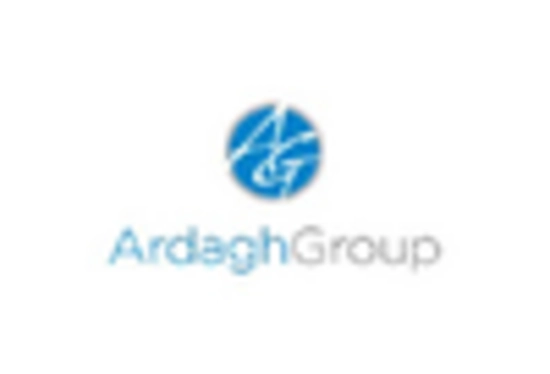
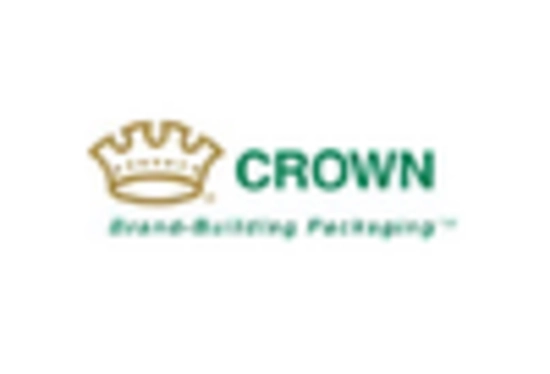
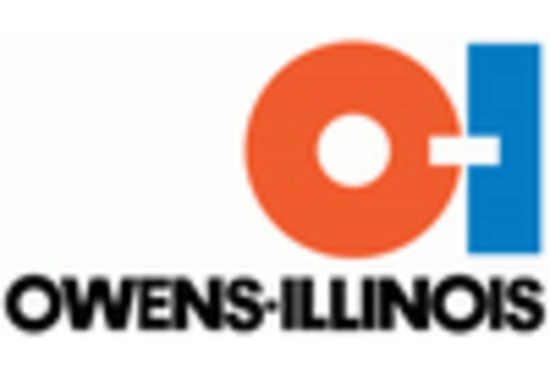










Leave a Comment